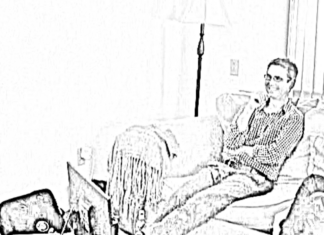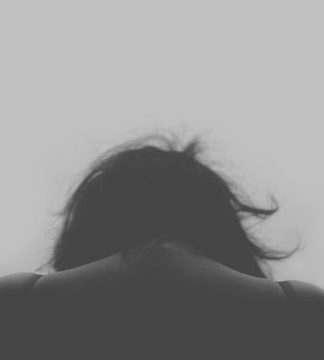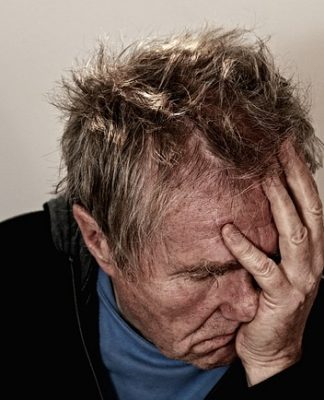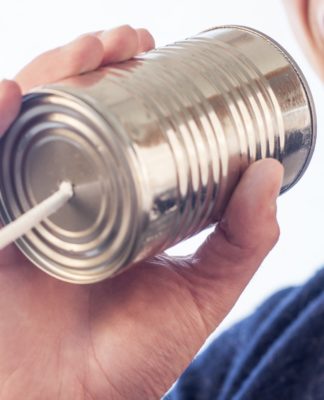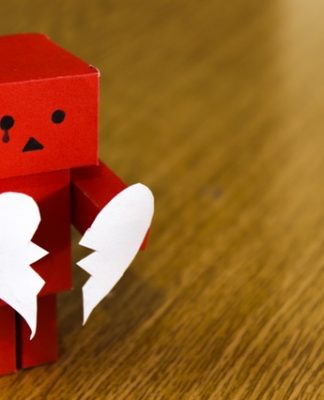Ondina Hatvany
The following article is for educational and informational purposes only and does not advocate that readers experiment with illegal or legal drugs except in cases where a sanctioned study is underway.
Not all drugs are manufactured by pharmaceutical companies, and depending where you are in the world the cultural and legal acceptability of drug use varies dramatically. Let’s explore how some people and clinicians are using psychedelic-assisted therapy as an alternative to no drugs or FDA approved drugs. You may find yourself saying “Really? Therapy with drugs? You’ve got to be kidding!” This is a common reaction when people learn about psychedelic-assisted therapy. Some fans of this method also describe psychedelic-assisted therapy as “medicine work,” a term coined about 30 years ago. Many sceptics that were initially resistant to the concept have since become fans of psychedelic-assisted psychotherapy, or at least increased their respect for this emerging field.
Nearly everyone knows someone who uses marijuana to self-medicate and if you ask their friends and significant others, it’s not unusual for the comments to be about how self medication “works” for the individual Medical marijuana is also being used to help those suffering from severe anxiety, depression, and insomnia and also those who require pain management For obvious reasons, many don’t know about the use of MDMA for helping severe trauma victims or Ibogaine therapy for working with drug addiction. Research in the areas of drug assisted therapy outside those drugs undergoing FDA trials is slowed down by the fact that these substances are labeled as illegal in many countries. Despite this obstacle the research continues because both clinical and non-clinical trials are seem to indicate that psychedelics have the power to heal when used in conjunction with therapy, sometimes much faster than traditional routes. Let’s review the “medicines” most commonly used in psychedelic-assisted psychotherapy.
LSD
You’ve probably read or heard that the CIA and US military as well as other organizations have engaged ,in research around psychedelic drugs and their alternative uses, so this isn’t the first time that clinical research into psychedelic-assisted therapy or mind control has been attempted. . From the 1950s through the early 1970s, therapists and researchers administered LSD to thousands of people to determine if LSD was a potential treatment for alcoholism, anxiety and depression in people with advanced stage cancer. Researchers were of the opinion that LSD can catalyze spiritual or mystical experiences and facilitate feelings of interconnection. MAPS (Multidisciplinary Association for Psychedelic Studies) had completed the first double blind, placebo-controlled study of the therapeutic use of LSD in adults with the research starting as early as the 1970s. Working with 12 subjects they found positive trends in reducing anxiety after just two LSD-assisted psychotherapy sessions. The study results1 also suggest that when properly monitored, LSD assisted psychotherapy is safe. This is all good news and further research has been authorized in the USA.
Ibogaine
Ibogaine is a hallucinogenic compound derived from the roots of a West African shrub. Its application in the treatment of substance abuse disorders was pioneered by Howard Lots of. In 1962, 19-year-old Lots found that just one dose of Ibogaine both interrupted his physiological dependence on heroin and took away his craving to use. All this with no withdrawal symptoms. Lots spent the rest of his life advocating for the development of Ibogaine as a prescription medicine, without success. Current research is now taking place outside of the USA in places like Mexico and New Zealand, with preliminary results showing 20% to 50% of clients remaining free from their primary substance of abuse for at least twelve months.2 The use of Ibogaine for other conditions, such as Hepatitis C, Parkinson’s disease and Tourette syndrome, is also currently under investigation. Like LSD, there is a stigma associated with the drug that can get in the way of funding for research, even when the drug shows promise.
Ayahuasca
Ayahuasca is a psychedelic from South America generally brewed as an herbal tea that is being researched for its effects on drug addiction and PTSD. While it is legal in many parts of South America it is only legal in the USA if used for religious purposes (such as by the União do Vegetal or the Santo Daime churches). Despite this, ayahuasca is still classified as a Schedule I controlled substance because of its principal active ingredient—DMT. Research is conducted mostly outside of the USA and is still in very preliminary stages, but researchers are of the opinion that ayahuasca can help with rewiring parts of the brain connected to trauma as well as promote personal and spiritual insights.
Be warned: Ayahuasca is not without risks and deaths have been reported as well as physical and sexual assaults on Westerners by self-proclaimed “shamans.”
For a short and interesting video (under three minutes) about the effects of ayahuasca on the brain, watch this video.
MDMA / “Molly” / “Ecstasy”
MAPS is doing some interesting studies on MDMA (methylenedioxymethamphetamine)— otherwise known as “Molly” or “Ecstasy” – but in a very pure form and unadulterated. “We are studying whether MDMA-assisted psychotherapy can help heal the psychological and emotional damage caused by sexual assault, war, violent crime, and other traumas. We are also studying MDMA-assisted therapy for autistic adults with social anxiety and MDMA-assisted psychotherapy for people with anxiety related to life-threatening illnesses.”3
MDMA, unlike most medications for mental illnesses, need only be taken a few times for profound shifts to occur, unlike most medications for mental illnesses, which are taken over a lifetime. Furthermore, it is sufficiently safe in controlled laboratory settings where dose and frequency can be monitored. MAPS is funding clinical trials and hopes to get MDMA approved by the FDA (Food and Drug Administration) in the next few years.
What role does psychotherapy play alongside the administration of psychedelics in medicine work?
While these powerful substances can open doors and show the brain new ways to process old traumas or stuck places, the real work is after “the journey.” How do you keep the door open and not just revert back to past-conditioned patterns of behaviors, addictions and beliefs? This is where psychotherapy can be particularly helpful; it can assist with the crucial next step of integrating the journey. It’s so important to make sense of the openings or insights you receive under the influence and to make room for the processing of new information so this can take root in your psyche and inform new behaviors.
Peter Gorman says it well. “If you think you’re just going to take ‘joy juice’ … you’re nuts,” explains the author and ayahuasca expert, who settled in Iquitos, Peru, during the first wave of ayahuasca tourism in the 1990s. “The five years of work to get rid of [mental trauma] is still gonna be on you.” Gorman, author of Ayahuasca in My Blood, explains that ayahuasca can help “dislodge that negative energy” and show people what their life could be like without the negativity. “[Then] you can go back home and work on getting rid of it.”4
I like to make the analogy that psychotherapy is like going to the doctor while medicine work is like going to a surgeon. With the latter you go in deep to rewire outdated thought patterns and self-defeating behaviors, but afterwards you still need your doctor to help you practice the new behaviors and make sense of new insights. It’s all too easy to fall back into old habits and patterns of behavior and thinking. Having a safe space and trusted other to help you connect the dots and hold you accountable will allow the medicine to impact your relationships and life after the journey that much more effectively.
1 http://www.maps.org/research/psilo-lsd
2 https://www.ibogainealliance.org/ibogaine/ Event Summary: 4th International Ibogaine Therapy Providers Conference. GITA. Durban, South Africa. May, 2014.
3 http://www.maps.org/research/mdma
4 http://www.cnn.com/2014/10/22/health/ayahuasca-medicine-six-things/


